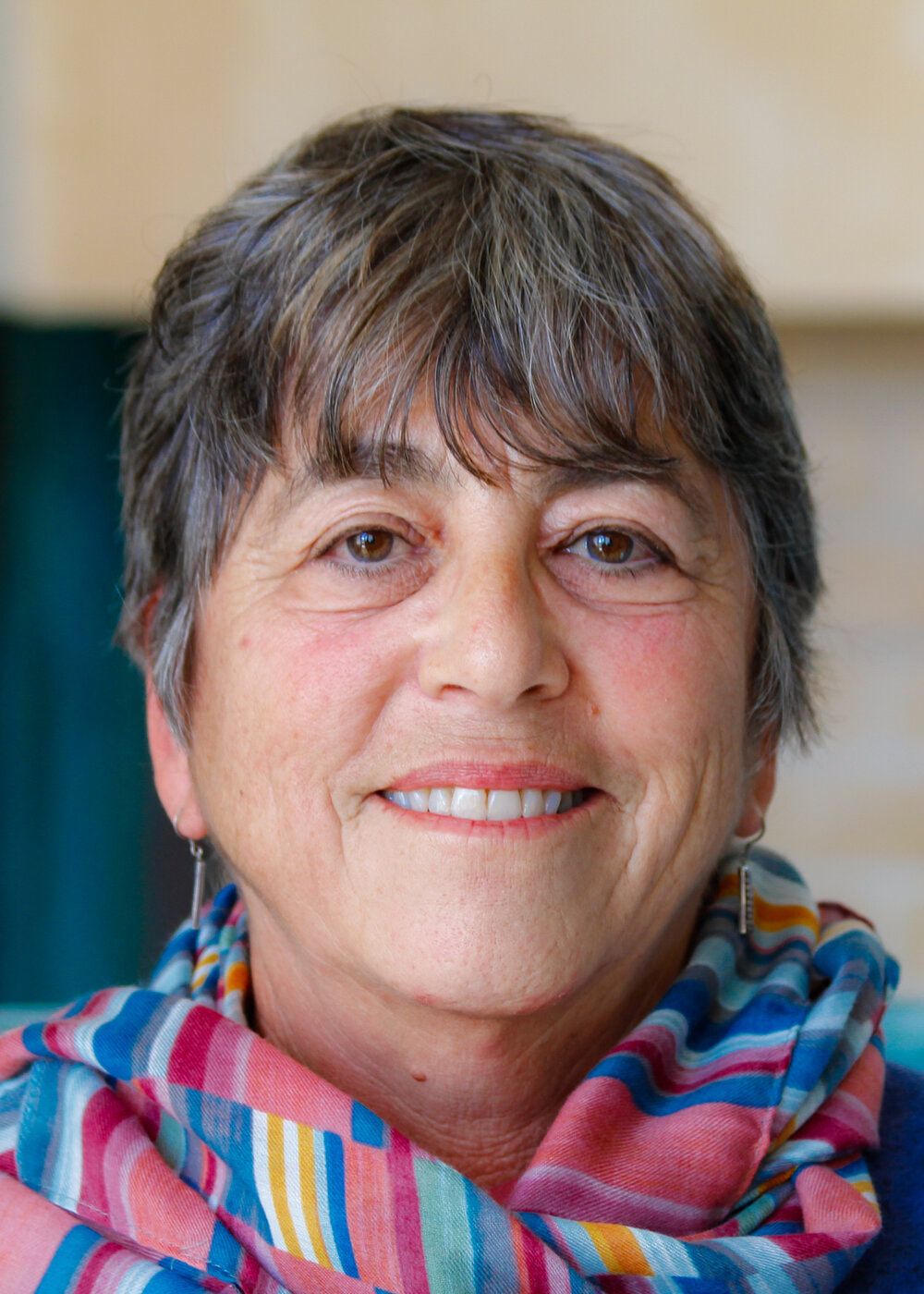Vivian grew up in California and went to school high school in San Jose. While in high school, Vivian tutored students living in east San Jose and learned she really enjoyed and was successful helping her peers learn. She discovered that she she had the ability to explain difficult material clearly and in a manner that her peers would understand. During her senior year of high school she was a teacher’s aid in a freshman science class and spent an entire school year helping and tutoring freshmen students and reinforced her enjoyment teaching others. After graduating high school, Vivian attended San Jose State University where she received her Bachelors Degree in Mathematics and her single subject Math teaching credential.
Upon entering college, Vivian was aware that writing was her greatest weakness and chose to major in Math. Even though she thought she wanted to be a teacher, she did not believe she would be good enough to do it well. Consequently, after her college graduation, Vivian chose to work as an environmental consultant and after four years she came to realize that something was missing in her life. She decided to return to San Jose State to get her teaching credential and, after receiving her credential, she got her first teaching job at a middle school in Las Vegas. During her first year of teaching Vivian was married and returned to California. After her return and while attending a mathematics conference, Vivian became acquainted with a teacher from Watsonville High School who was also the math department chair. After several conversations during the conference the Watsonville High Math department chair offered her a job without ever meeting the principal.
Vivian accepted the job and has been teaching mathematics at Watsonville High School for 40 years. She has taught all levels of math and for the past 20 years, she has been teaching AP Calculus almost exclusively. Vivian continues to be a reader of AP Calculus exams.
Vivian teaches at a culturally diverse high school in a lower socio-economic community. At Watsonville High School 98% of students are Hispanic and 88% are classified as economically disadvantaged. Consequently, many of her students or their parents do not have a solid academic background, particularly in math, and have very little understanding about what it takes to go to college. Additionally, many of her students are without role models of academic success and do not believe they are capable to learn and/or perform at any level higher than the basic and remedial courses. However, Vivian has never had that impression of her students. Her personal philosophy is that every student has the capability to learn at a higher level and all that most students need is for someone to believe in their ability to succeed academically and who will be there to show them the way. Vivian believes she is one who is going to demonstrate to each of her students how they can rise above their expectations of their personal abilities and reach heights they never before thought possible.
Vivian plans a curriculum that is quite rigorous and, in order to meet the interests of all students, her lessons are designed to be unique, special and immediately relevant to the lives and experiences of her student. She goes to great lengths to make learning fun in her AP Calculus classroom. She has created “silly” poems with math words and rap songs she sings to help students remember formulas. She dances across the room to demonstrate velocity. She keeps the classroom light and uses as much self-deprecating humor as possible that makes her students laugh at her. By demonstrating that learning mathematics can be fun, her students become more engaged and remember much more than if she merely stands and lectures to them. Her goal is to demonstrate how much she loves math and how much she love teaching them.
While the humor and crazy activities are what Vivian describes as “gimmicks,” what underlies it all is the desire to find ways to make complex concepts appear simple and easy to learn. However, she still has to teach her students critical thinking and problem solving skills and has to teach concepts in a very sequential manner to ensure all students are caught up before she can move forward. Every day when she is teaching a particular concept or a theory Vivian consciously makes connections that illustrate how what she is teaching today relates to what they learned yesterday or the week before. Regardless of how elementary or advanced the concepts she is teaching are, she consistently attempts to “sneak” in a very advanced link to what she will be teaching them later. Vivian makes every effort to make sure her students are never surprised when she introduces a new concept.
Another very important part of Vivian’s teaching is to have her students focus on the process and the steps to take in order to solve problems rather than focus only on whether they get a correct or incorrect answer. She does this to relieve the pressure of relating their ultimate success only to whether or not they get a correct answer. She wants students to understand every step taken on the way to solve a problem. She wants them to understand they might complete 5 of the 7 steps correctly and that does not make them a failure. She encourages students to review and discuss their work with fellow students to discover where they might have made an error. Vivians frequently puts students in groups or pairs them with the task of convince the others that their answer is the correct answer and that the correct order was used to solve the problem. Using this technique allows students to teach one another and themselves at the same time. It also allows them to discover where in the process they might have made a small mistake. And, finally, they might also discover there may be more than one way to solve the same problem. No matter what happens, students are learning to feel comfortable working with others and discover that even if their “answer” is not correct, they might have completed 80% of the process correctly. In using this techniques, Vivian is able to assess where she might need to do some re-teaching.
For Vivian, failure is not an option in her classes. She allows her students extra time to come to her to ask questions. She is in her classroom early each morning, stays in her room during lunch and remains after school to be available to her students. She also schedules days during every winter and spring break for study groups and sets up summer programs during June and August. Her June program is basically a review of Algebra II skills and allows Vivian to assess exactly where students are and what she might have to re-teach August in order to prepare them for her Calculus class in the fall.
To Vivian teaching has been, and continues to be, the most powerful and rewarding aspect of her life. She believes deeply in her students’ ability to learn and does all she can to ensure every student has an opportunity to be successful. She creates unique classroom experiences to enhance the learning experience. Vivian’s is determined wants to be part of creating the next generation of effective and successful math and science teachers who are both passionate and creative and who clearly understand that all students are capable of learning. Even though Vivian initially did not believe she would be good at teaching, she has come to realize that there is no better thing in life than to be a teacher.
-Published 2019


